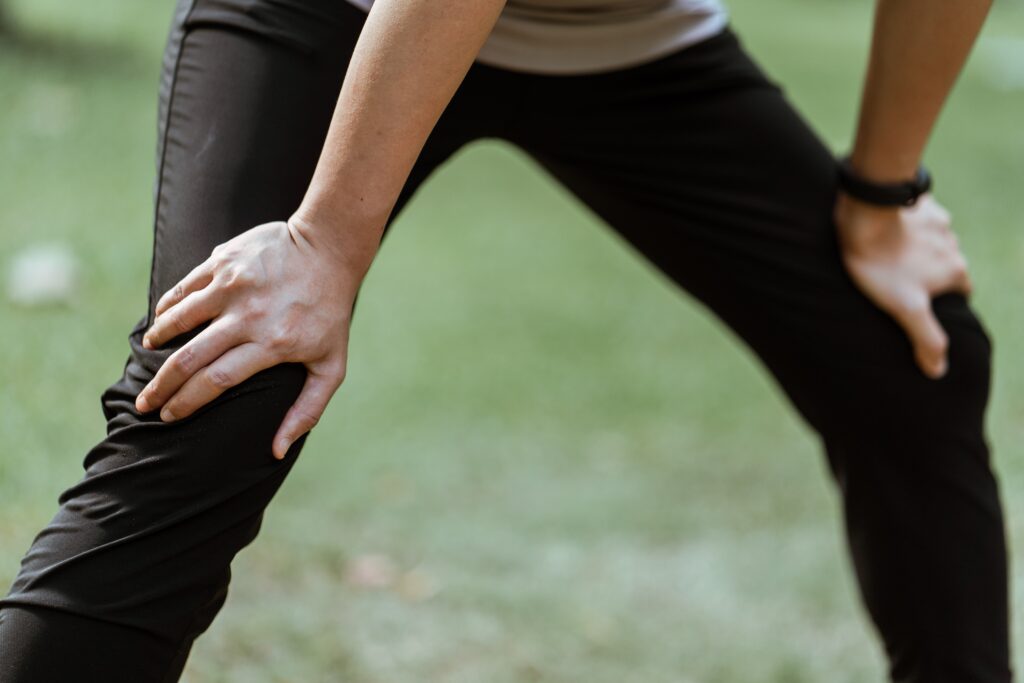A Guide to Physical Therapy for Osgood-Schlatter Disease: Strengthening and Mobilizing for Pain Relief and Improved Function
Introduction
Physical therapy is a form of healthcare that helps people with injuries, disabilities, and chronic illnesses to improve their mobility and overall quality of life. It focuses on improving physical function by reducing pain, restoring strength and flexibility, as well as improving balance. Physical therapists can help individuals suffering from Osgood-Schlatter disease (OSD) return to activities they enjoy without exacerbating the condition.
What To Expect at Physical Therapy
At your first visit with a physical therapist for OSD treatment, you will be asked about your symptoms and medical history.
Your PT will then perform an evaluation that may include range of motion tests, strength testing, gait assessment or other assessments depending on the severity of your case. Once your condition is fully assessed, the PT will then create a personalized plan tailored to meet your specific needs to decrease pain and increase mobility.
With this individualized plan, your PT will work with you to help resolve your OSD symptoms, reduce your pain, and improve your mobility over time. It’s important to follow the plan and attend all recommended appointments to ensure the best possible outcome!
What Types Of Exercises You Might Do
The exercises prescribed by a physical therapist when treating Osgood-Schlatter disease are designed to decrease inflammation while increasing strength around the knee joint so that it can better support itself during activity. These may include:
Quadriceps strengthening exercises such as leg extensions or wall squats
Hamstring stretching exercises such as standing hamstring stretch or partner hamstring stretch
Calf and ankle strengthening exercises such as calf raises and toe taps
Balance exercises to improve stability of the knee joint
Plyometric exercises such as single leg hops with a skipping motion.
Your physical therapist will also provide you with tips on how to reduce inflammation during activities that may cause your OSD pain like cycling, running, jumping or playing sports. They will also give you advice on proper form for these activities so that you can avoid any additional strain placed on the knee joint.
How Long Recovery Takes
The length of time it takes for Osgood-Schlatter disease to heal varies from person to person. Generally, those who follow their PT’s recommendations and focus on strengthening the muscles around the knee joint can expect to see results within a few weeks. It is important to note that recovery time may take longer if you have been putting off seeking treatment for your OSD for some time or if you are an athlete that continues to engage in high-impact activities without proper care.
How Physical Therapy Prevents Re-injury
Physical therapy plays an important role in preventing re-injury of Osgood-Schlatter disease due its ability to target the specific muscles and tissues affected by this condition. A physical therapist will also provide you with knowledge on proper form for engaging in activities such as running, jumping, and playing sports in order to play it safe. Additionally, they will provide you with a program of exercises that are tailored to your specific needs which can help reduce the risk of further injury.
Conclusion
Osgood-Schlatter disease is a common condition among young athletes and children that involves inflammation and pain around the knee joint due to overuse or stress on the patellar tendon. Physical therapy is an important part of treatment as it helps reduce inflammation, strengthen surrounding muscles, and ultimately avoid re-injury. With guidance from your physical therapist and dedication to strengthening exercises, you can expect successful results in just a few short weeks!

